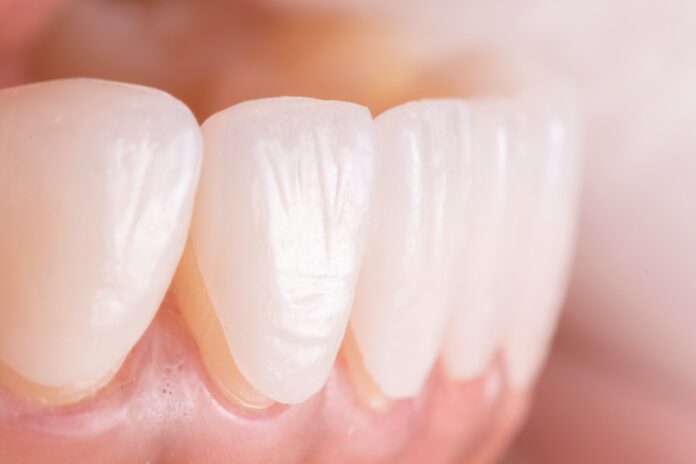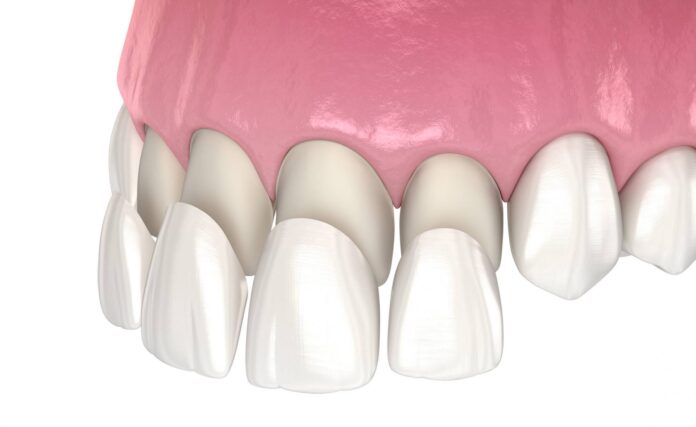
Dental veneers are a go-to choice for many who are looking for a minimally invasive solution for enhancing the appearance of their teeth and smile. Using just one treatment, the thin porcelain shells can cover a variety of aesthetic imperfections such as; teeth stains, worn teeth, minor chips, cracks, and even slight misalignment.
While veneers are incredibly long-lasting, they are not permanent and will eventually need to be replaced. This article covers everything you need to know about getting your veneers replaced.
Signs that Your Veneers Are Wearing Out
On average, dental veneers should last about 10 years. This lifespan can further be extended with adequate care and treatment. However, there are certain situations that may warrant the need to replace your veneers at an earlier time, such as;
Chipped or Cracked Veneers- Although not very common, things like trauma to the face or wear and tear over the years can cause your veneers to crack or chip. When this happens, and the crack (or chip) is visible, the only way to reinstate your perfect smile is to get new veneers created.
Decaying of the Teeth Supporting the Veneers- If the teeth underneath your veneers are decayed, it can cause the veneer to start separating from it. When this happens, your dentist will need to treat the decay before placing new veneers.

Poor Oral Hygiene and Gum Disease- Gum disease can cause the recession of your gingival tissue (your gums start to recede), which will, in turn, cause your veneers to separate from your gums. To avoid this, veneers need to be cared for in the same manner as natural teeth.
The Veneers Were Improperly Applied- This is why visiting a highly qualified and experienced dental practice like Sherwood Park Dental Practice for your veneer installation is important. When veneers aren’t installed properly or with the right bonding agent, the likelihood of them falling off and needing replacement becomes significantly higher.
The Wrong Size Veneers Were Installed the First Time – When wrong-sized veneers are installed, they can cause quite pain and discomfort. This pain can cause you to need replacement veneers soon after the first installation.
How Veneer Replacements Are Done

The procedure to replace dental veneers isn’t much different from the process used to place them initially. Your dentist will start by removing the existing dental work carefully so the underlying teeth are not damaged.
Once removal is complete, he will proceed to clean the teeth before removing a small amount of the teeth’ enamel. This is to make the new dental work adhere easier to the teeth. An impression of the teeth is then sent to the lab for the manufacture of the replacement porcelain shells (this can take between 1-2 weeks).
Once the new shells are ready, the dentist will apply them to the teeth with a strong dental bond and make all necessary adjustments to ensure they fit perfectly.
How Many Times Can Veneers Be Replaced?
Every time a veneer is replaced, part of the tooth enamel is lost, so it depends on how much tooth enamel you have left. Once you have no teeth enamel left, it becomes impossible to get veneers as there is nothing for the bonding cement to adhere to.
When done right, you shouldn’t need to replace your veneers for at least 10 years. However, if you do get to a point where you can no longer get veneers, your dentist may recommend that you try other solutions, such as dental crowns.
How Much Does a Veneer Replacement Cost?
Since a veneer replacement procedure isn’t much different from an initial veneer application, they usually cost around the same amount.
Conclusion:
Although veneers are highly durable and long-lasting, damages caused by trauma, improper care, and everyday wear and tear can cause them to require a replacement. Hopefully, this article helps you understand all there is to know about replacing veneers.









